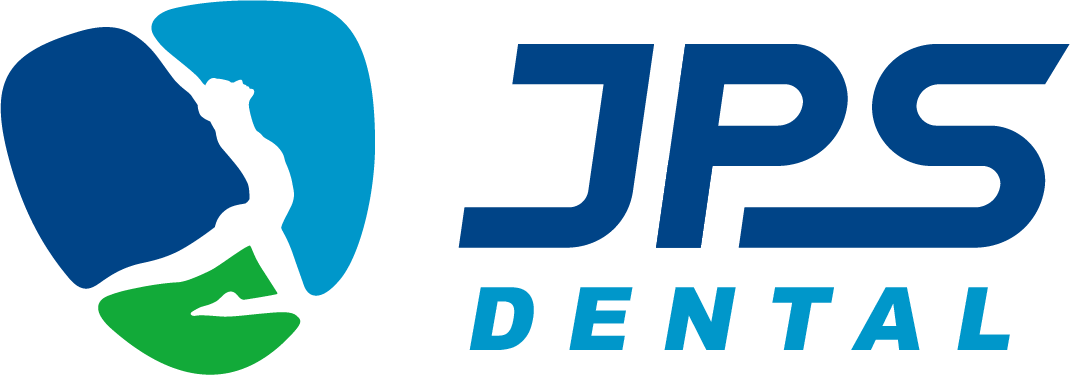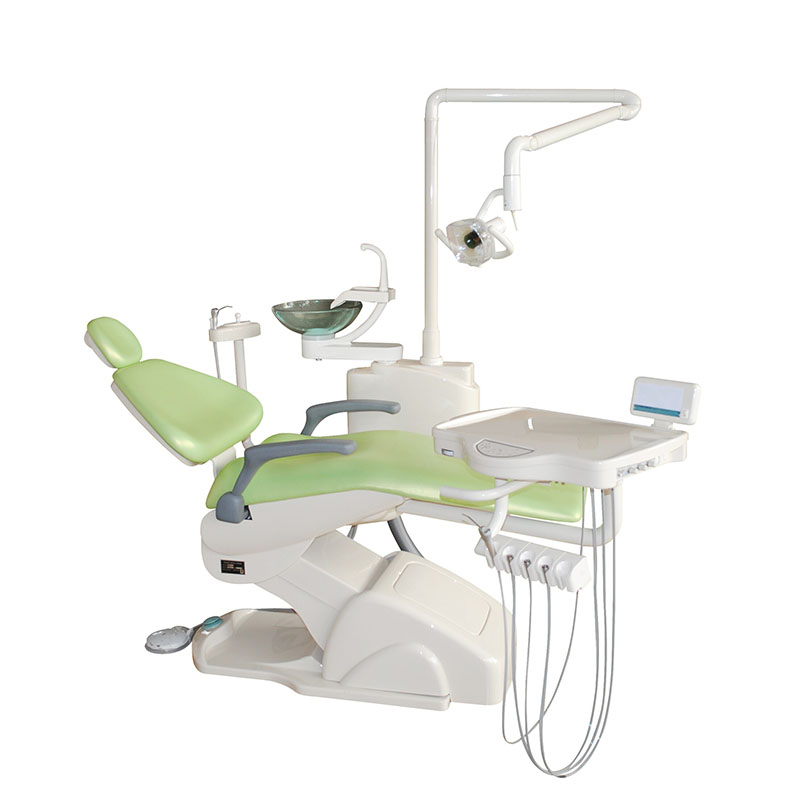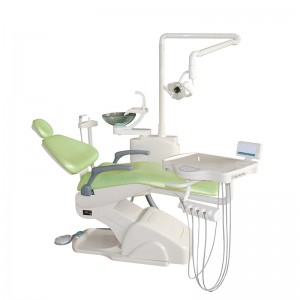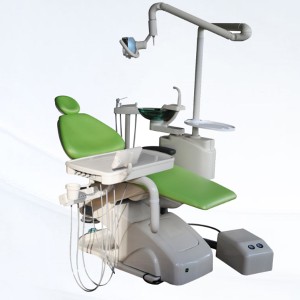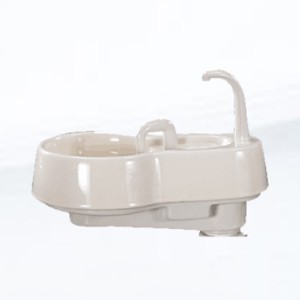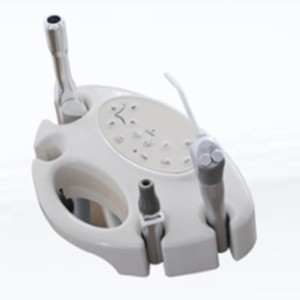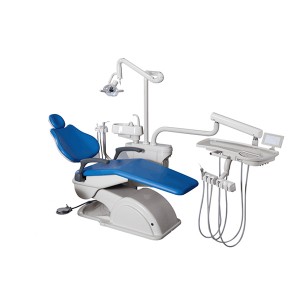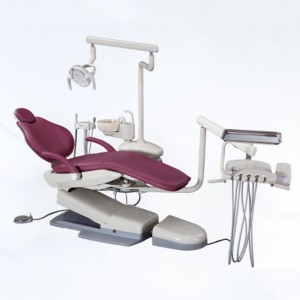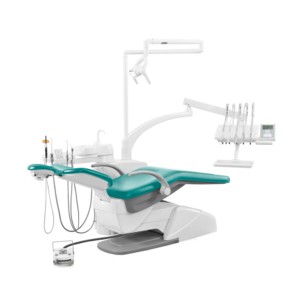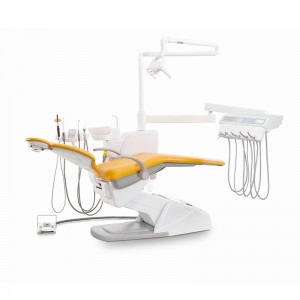Economic Type Middle Level Dental Chair Dental Unit JPSE50A
Dental Unit JPSE50A
Standard Specification:
Electronic control panel on the the instrument tray
Handpiece hoses 3pcs
3-way syringe 2pcs
X-ray film viewer
Integrated ceramic cuspidor
Cup-filler & bowl rinse
Air suction (with filter)
Clean water system
Operating light & arm
Complete electric dental chair
Headrest for adult and children
Foot controller
Features:
All the handpieces tubing is made in USA
Metal coated paint
Anti-retraction valves to prevent cross contamination system
Flush system
Radius system
Options:
Imported high speed air turbine handpieces
Imported low speed air motor handpieces
Ultrasonic scaler
Capability and Characteristic
2.1 Dental chair
2.1.1 limited weight of the chair ≤ 135kg, can be up and down, no suddenly jumped phenomenon
2.1.2 minimal height of the seatrest: 380~810mm.
2.1.3 headrest can bear 300N backward power after locking
2.2 Treating system
2.2.1 standard configuration of the system
Driving motor
Dental lamp
Glass cuspidor
Down hung handpiece operating system
Chinese syringe tube and American handpiece tube
2.3 Handpiece compatibility
This delivery system is designed to be compatible with air dirven handpieces only that comform to ISO 14457 and obtain the CE marking with notified body number. The handpieces which are mentioned below in the use manual are air dirven handpieces.
For the air driven handpiece, tubing is available in either 4-hole Midwest tubing or 3-hole Borden tubing.
The end user will have specified the preferred type prior to ordering from the factory. It is responsibility of the end user to procure appropriate handpieces for use with this delivery system.
Certain countries may have particular regulation regarding which handpieces are acceptable for use; e.g. countries in the European Union require handpieces which meet the requirements of the Medical Devices Directive 93/42/EEC. See your local dealer for additional information.
2.4 Suction saliva head
The suction saliva head was not provided by Sunlight. Must buy the suction saliva head by yourself.
Beyond that, the suction saliva head should have good biological compatibility and meet the ISO 10993 series standard.
Working Scope
3.1 Intended Use: The treatment unit serves for diagnosis, therapy and dental treatment of humans by skilled professionals.
3.2 Prohibitions and Contraindication
Treatment with curing light mini LED:
•Looking to the LED light emission cause eye damage.
•Curing light should not be used in people who suffer or have suffered
Photobiological reactions or in individuals who are currently treated with drugs that increase the sensitivity.
Side effect: The side-effects of Dental Units are the damage of operating light to eyes and skin and teeth damaged during water washing whose advantages far outweigh the disadvantages however.
Therefore, from literature review and the state of art it’s acceptable for possible risks of Dental Units.
Construct of the Unit
The unit is made of dental chair and delivery system.
5.1 dental chair is made of driving system, control system, seatrest, backrest and headrest;
5.2 delivery system is made of cuspidor and the box, treating tray, handpiece, dental light, the arm of the tray, the are of the light, handpiece control and suction system.
5.3 treating tray is made of syringe, viewer, handpiece tubings and adaptor, valves and plastic covers;
5.4 dental light is made of switch, bulb, reflector, cover and frame;
5.5 foot control is made of valves, covers and tubings;
5.6 suction system is made of suction and saliva ejectors, tubings, suction and saliva heads.
NOTE: Dental chair surface and arm rest are applied parts.
Functions and Uses
General Dentistry:
Routine exams, cleanings, and minor restorative work such as fillings.
Restorative Procedures:
More complex procedures like crowns, bridges, and implants.
Orthodontics:
Fitting and adjusting braces and other orthodontic devices.
Periodontics:
Treating gum disease and performing periodontal surgeries.
Endodontics:
Performing root canal treatments.
Oral Surgery:
Conducting extractions and other minor surgical procedures.
What does per unit in teeth mean?
In summary, "per unit" in dental terms refers to the cost or description of individual components within a larger treatment plan, such as each crown in a bridge, each veneer, or each element of an orthodontic appliance. This approach helps in providing detailed and transparent pricing for dental procedures.
What are units in dentistry?
In dentistry, the term "units" can refer to different things depending on the context. It is used to quantify various dental components, treatments, and procedures.
What is a Dental Simulator?
A Dental Simulator is an advanced training device used in dental education and professional development to replicate real-life dental procedures in a controlled, educational setting. These simulators provide dental students and professionals with a realistic and hands-on experience, allowing them to practice various dental techniques and procedures before working on actual patients.
